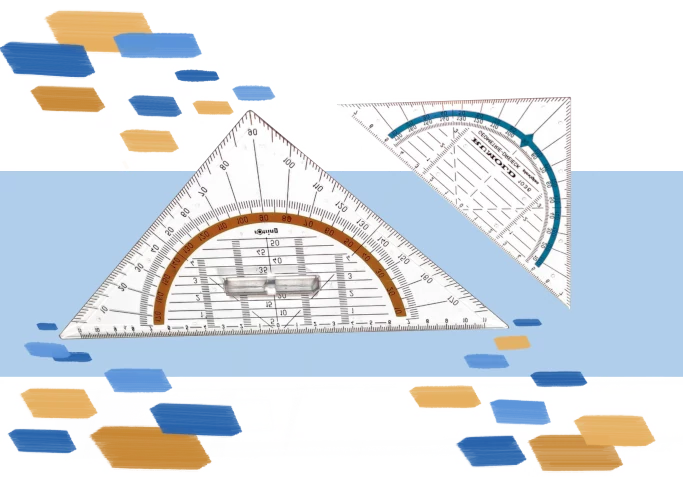What is environmental triangulation?
A brief introduction to environmental triangulation
For more best practices see our method overview

Definition of environmental triangulation
Environmental triangulation is a type of triangulation that requires researchers to identify environmental aspects that might have an impact on the data gathering of data in a qualitative research project. For instance, the responses gathered at a particular time of day, or season of the year may vary. Or the setting in which an interview takes place, whether it is indoors, outdoors, at the researcher's lab or in the field.
Environmental issues are inherently complex, influenced by a multitude of interconnected factors. To effectively analyze and comprehend this complexity, researchers need to adopt a holistic approach. Environmental triangulation acknowledges the effect that certain environmental conditions may have on the gathering of data. It encourages researchers to explore various dimensions of the environment through different lenses, thereby enriching the understanding of the subject matter.
You should also consider applying some of the other forms of triangulation:
Investigator Triangulation, Data Triangulation, Theory Triangulation, Method Triangulation
You should also consider applying some of the other forms of triangulation:
Investigator Triangulation, Data Triangulation, Theory Triangulation, Method Triangulation
Strategies to improve environmental triangulation
Strategies to improve environmental triangulation always involve some sort of variation in the research process that also contributes to other forms of triangulation. However it is important to actively assess the dimension of the environment as a potential confounding factor in your research setup.
Diversify research settings
One of the most effective ways to improve environmental triangulation is by diversifying the research settings. This means conducting the research in different locations or environments that are relevant to the study. The environmental context can also be influenced through different samplings in the temporal scope. Depending on your particular research topic the time of day or time since experiencing a particular event may have an impact on the result. This approach can provide a more comprehensive understanding of the research topic.Use multiple data collection methods
Using multiple data collection methods can enhance environmental triangulation. While this is primarily a way to improve Data Triangulation, different methods of data collection can also impact the environment during the experiment and therefore strengthen environmental triangulation. For instance, the setting in an interview is usually detached from the natural environment of the studied phenomenon. Different levels of bias, in particular Response Bias may play a role that is eliminated in a more natural setting where the researcher acts as a mere observer. Different insights may emerge through a setting where multiple participants interact in the context of the study such as in a workshop. You can use interviews, observations, and document analysis in your study where each data collection technique involves a different level of interaction between the study subject and you as a researcher. Each method can provide different insights, contributing to a more robust understanding of the research topic.Involve multiple observers
Involving multiple observers in the research process can enhance environmental triangulation. Different observers can bring different perspectives to the research, which can contribute to a more comprehensive understanding of the research topic. This primarily contributes to Investigator Triangulation, however the presence of an observer may change the dynamic of certain setups. Depending on the context, potential factors can be the power difference between observer and observed, or gender or simply the level of engagement of the investigator.Conclusion on environmental triangulation
Environmental triangulation is a valuable tool in qualitative research. It enhances the validity and reliability of research findings by providing a more comprehensive understanding of the research topic. Researchers can improve environmental triangulation by diversifying research settings, using multiple data collection methods, incorporating different theoretical perspectives, and involving multiple observers in the research process. By implementing these strategies, researchers can ensure that their research is robust, comprehensive, and reliable.
We use cookies for a number of purposes, including analytics and performance, functionality and advertising. Learn more about QDAcity use of cookies.
Analytics:Performance:Functional: